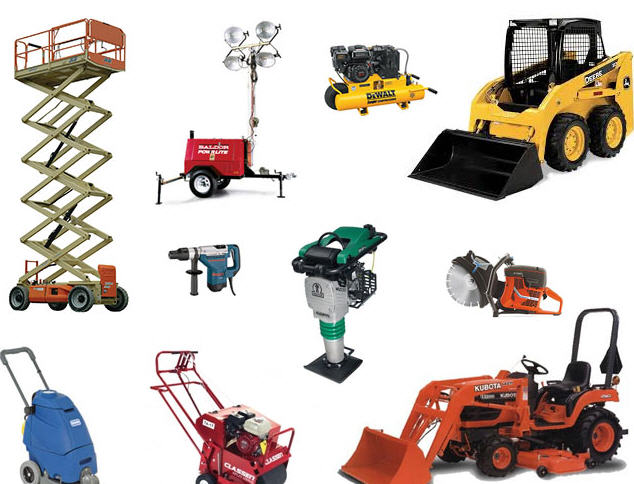
Key Performance Indicator (KPI) for Equipment Rental
To name a few:
Operational KPIs
- Utilization Rate: Percentage of available rental hours when equipment is out on rent. High utilization maximizes revenue potential.
- Time on Rent (TOR): Average number of days equipment is rented out per rental period. Longer rentals improve utilization.
- Average Rental Rate (ARR): Average revenue generated per day or per period for a piece of equipment.
- Fleet Availability: Percentage of equipment that’s ready to rent vs. those in repair or awaiting maintenance. Maximizing available fleet avoids lost revenue.
- Maintenance Costs: Track costs of repairs, preventive maintenance, and downtime for equipment. Manage expenses closely to protect profits.
Financial KPIs
- Revenue per Available Unit: Revenue generated per piece of equipment within your fleet. Helps measure asset productivity.
- Gross Profit Margin: Percentage of revenue remaining after direct rental costs (depreciation, maintenance, fuel) are accounted for.
- Net Profit Margin: Percentage of revenue remaining after all expenses are accounted for. Measures overall profitability.
- Return on Assets (ROA): Net income divided by total assets. Measures how effectively you utilize equipment assets to generate profit.
Customer-Focused KPIs
- Customer Satisfaction Surveys (CSAT): Measure satisfaction with equipment quality, service, availability, and pricing.
- Net Promoter Score (NPS): Measures the likelihood of a customer recommending your rental company to others.
- Repeat Business Rate: Percentage of customers who come back to rent from you again. Loyal customers are vital.
- On-Time Delivery and Pickup: Track your reliability in deliveries and pickups as this heavily impacts customer experience.
Logistics-Focused KPIs
- Transportation Costs: Track costs associated with transportation of equipment to and from customer sites. Manage this for profitability.
- Delivery Accuracy: Percentage of deliveries made to the right location and at the agreed-upon time. Impacts customer satisfaction.
- Idle Time: Percentage of time equipment sits unused when not being repaired. Minimizing idle time improves utilization.
Additional Considerations
- Equipment-Specific KPIs: Track utilization, revenue, profitability, and maintenance costs for each type or major piece of equipment in your fleet.
- Seasonal KPIs: Track how utilization and revenue change due to seasonality, weather, and local construction activity.
